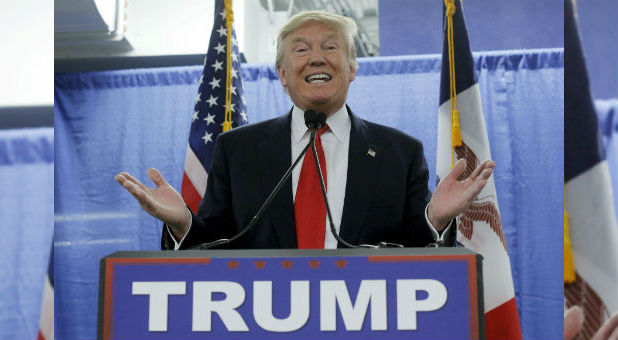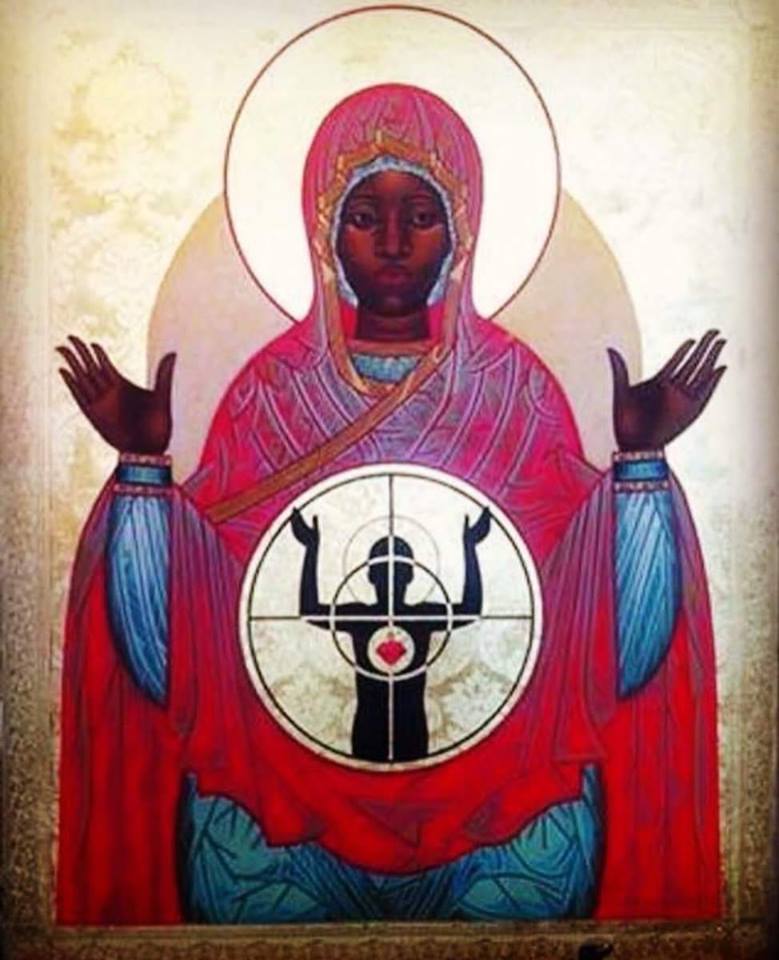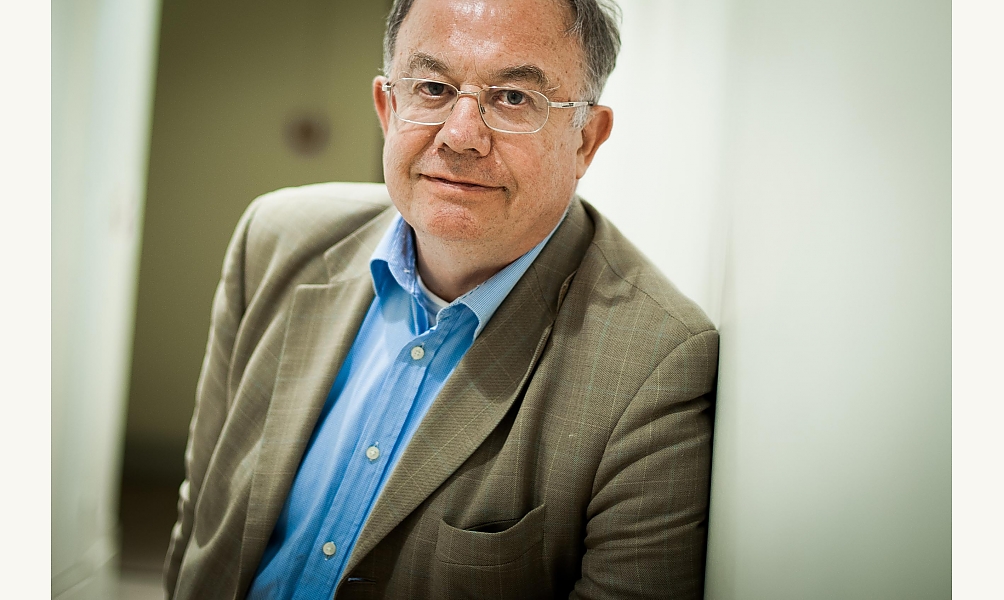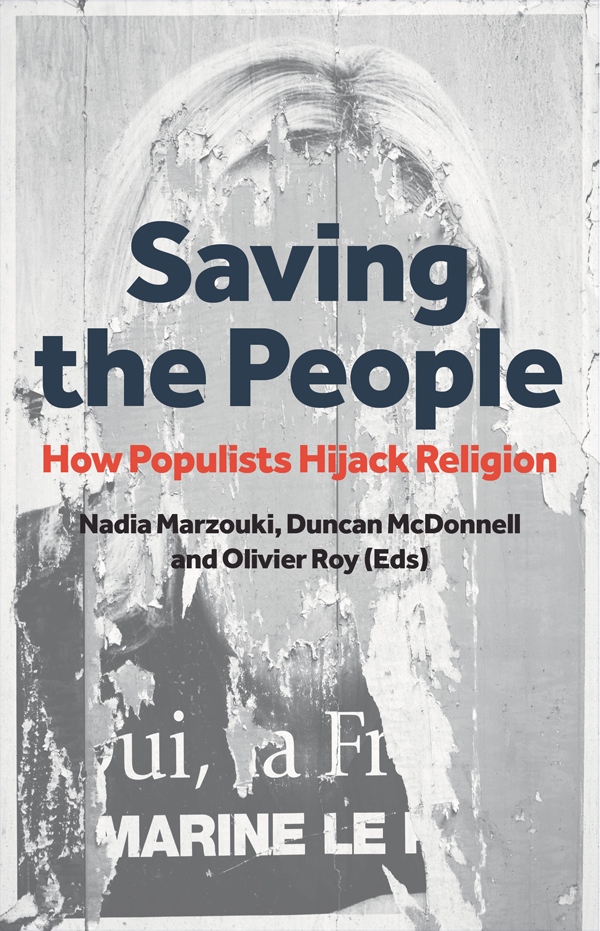
The religious press, like the faith groups they represent, tended to move in predictable directions regarding their endorsements or support of this year’s presidential candidates. But the way in which the candidacy of Donald Trump has fared in the evangelical press—if not so much rank-and-file evangelicals—does stand out. Charisma magazine may have even caught its own readers by surprise in the fervency of its support of Trump. Much of the October issue is one loud rallying cry for evangelicals and charismatics to line up for the controversial candidate, even if they may find him personally offensive, to turn back a Hillary Clinton presidency. In fact, the issue portrays Trump’s shortcomings as the way God can work through disreputable leaders, as articles compared the candidate to the corrupt biblical figure of Cyrus. The reason Charisma cites Cyrus so often is because of a link between Trump being the 45th president and the 45th chapter in the book of Isaiah, which tells the story Cyrus. Charisma has increasingly embraced the Christian right in the last decade, and the magazine has been outspoken in anti-Islamic sentiment for quite a while, but it has also generally embraced the globalization of Pentecostalism and Hispanic charismatics, making its anti-immigrant stance more unexpected.
Other evangelical magazines have been far more critical of Trump. Late in the election season (and after the “Access Hollywood” tape was released), Christianity Today editorialized against the candidate. The recent scandals also turned the more conservative Reformed World magazine (and “new Calvinist” leaders in the Southern Baptist Convention, such as Albert Mohler) squarely against Trump, leading Mark Silk to argue in his blog Spiritual Politics that Calvinists “believe that much of the world is unredeemed and unredeemable—including even Republican presidential candidates. And if that means withholding your support from them, so be it.”

Far from being two antagonistic fields, religion plays a prominent role in gaming culture with significant influence on collective imaginations, according to six scholars in a roundtable article published in the Journal of the American Academy of Religion (September). “Digital games are to the twenty-first century what films were to the twentieth century,” thus making them a mandatory field of research for scholars who want to understand contemporary culture (Gregory Price Grieve). This interest for a new field of research also emerges with a new generation of scholars who have grown up with video games and recognize the connections between games and traditional subjects of religion (Rabia Gregory). One discovers, indeed, that video games are “awash with religious themes and contents” (Shanny Luft)—not only depicting temples and churches, or being about rabbis or Hindu deities, but also inventing myths, communities, rituals, and sacred spaces.
For instance, Luft writes, in Bioshock Infinite (2013), “the player must undergo baptism at the hands of a fanatical prophet in order to progress through the story.” Rachel Wagner proposes a fourfold approach of religion in gaming (representations of religion), religion as gaming (similarities, for instance both having end goals with losers and winners), gaming as religion (implicit religious activity, sense of purpose and meaning for gamers, escape to an otherworldly space), and gaming in religion (religious board games, gaming divination practices). Luft adds that researchers tend to perceive religion and games as disparate, but they would be well advised to be aware if the people they study are playing games and also how the attitude to games has evolved in specific religious contexts (e.g. evangelicals). For more information on this issue, visit: https://www.aarweb.org/publications/journal-american-academy-religion.


New research from different countries suggests that explaining jihadism primarily through religious lenses may no longer match reality, especially since the Islamic State (IS) has become prominent. While other factors have always been acknowledged to play a role, researchers point both to crime and to nihilism as important dimensions of the Islamic radicals’ experience. While the presence of criminals in terrorist groups is not new, their mobilization through the Islamic State has made the phenomenon more pronounced, to the extent that former criminals make a majority of jihadists in many European countries, write Rajan Basra, Peter R. Neumann, and Claudia Brunner in the report Criminal Pasts, Terrorist Futures: European Jihadists and the New Crime-Terror Nexus, published by the International Centre for the Study of Radicalisation and Political Violence (ICSR, London). The authors stress, however, that this correlation does not mean an organizational merging of criminal and jihadist groups but rather a recruitment from the same pool of people, making possible a transfer of skills. For instance, it makes it quite possible that terrorist activities will be financed increasingly through crime. More than half of the people in the sample had been incarcerated before they became radicals. According to the study, the IS jihadist narrative matches personal needs and desires of criminals, making it possible either to find redemption through terrorist involvement (dreams of doing something “pure”) or to continue forms of involvement in crime that become legitimized. “Being ‘pious’ is no guarantee that criminal behavior has stopped,” the authors write.
Roy agrees that the tendency of Salafis to create closed, parallel societies poses a real challenge for Western countries. Despite a number of shared references with Salafism, however, Roy does not see it as a primary entry point. The Islamic religious culture of new radicals is limited. While the IS is able to produce literature written by its own Islamic ideologists, it is not those texts that draw new jihadists, Roy claims, but “a radical imaginaire” that will use those texts as doctrinal proof for this mindset. They speak more about action than about religion, in contrast with Salafis. While they see themselves as the avengers of the Muslim Ummah, Roy considers jihadist terrorists as being in essence nihilists, fascinated by apocalyptic prospects and much more interested in dying than in living in a “true” Islamic society. The eschatological perspectives emphasized by the IS allow young radicals to make their individual destiny part of a much wider project. While Roy does not deny that Salafism represents a radicalization of Islam, he sees contemporary jihadism as being rather an Islamization of radicalism. French experts have hotly debated Roy’s theses.

In Poland, the growth of populism is due in part to an “inward-looking and nation-centric brand of Catholicism,” writes Ben Stanley. But even here, it is difficult to draw a straight line between voter preferences and populist parties such as the Law and Justice Party (PiS). In Hungary, populists have attempted to appeal to and bridge pagan and Christian traditions in their attempt to construct the nation as a family and have been accused of anti-Semitism (overriding anti-Islam) in the process. Christianity has become a strong identity marker in Hungary since the recent great migration from the Middle East (refusing Muslim entry), and as the main churches (Calvinist, Catholic, and Lutheran) assume a greater public role, the two main populist parties find it in their interest to cooperate with religious institutions. A chapter on the Tea Party in the U.S. by Mazouki likewise shows how the movement both drew on Christian anti-Islamic themes and attracted Christian right supporters moving from the fringes to the mainstream and paving the way for Donald Trump (though the book was published too early to examine the Trump phenomenon). Olivier Roy concludes that populism seeks both to secularize the public sphere (out of opposition to Islam) while reviving Christian identity, but this strategy is more likely to secularize Europe further rather than extend Christian influence.